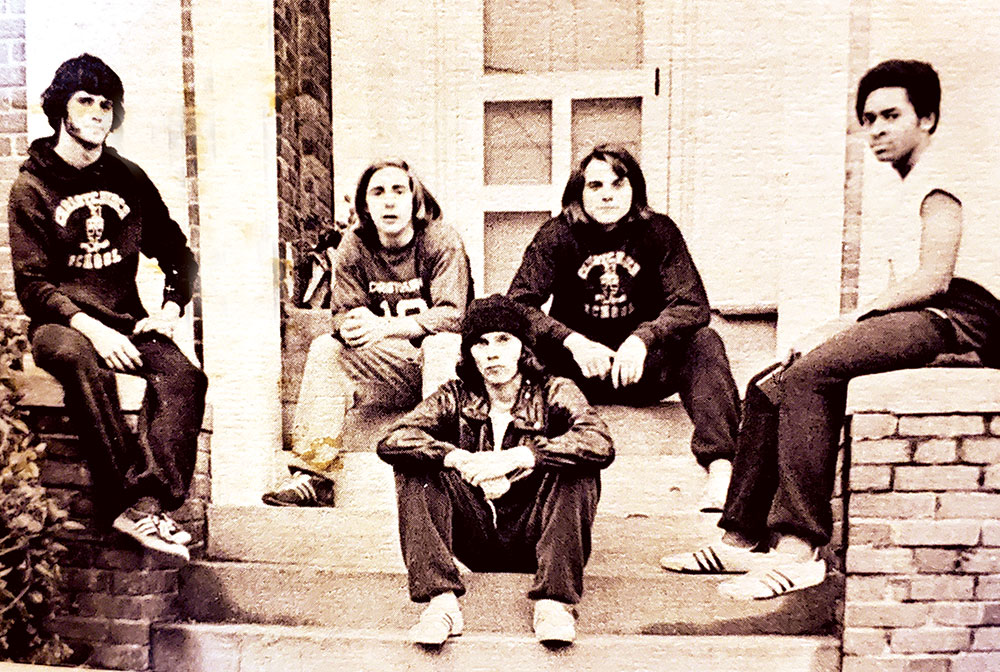
This year marks the 50th anniversary of Christchurch School enrolling its first black student, Otis “Lanny” Stanley.
by Larry Chowning –
The year 2021 marks the 50th anniversary since Christchurch School (CCS) was integrated after opening in 1921. The first student of color to enter the then all-white private school for boys was Otis “Lanny” Stanley.
Stanley was a rising junior at John Marshall High School in Richmond when the rector of St. Peter’s Episcopal Church, Father (Pope) Gregory, approached him about becoming a trailblazer in the integration of private church schools in the Episcopal Diocese of Virginia.
The rector set up interviews with several schools and after consideration Stanley chose Christchurch. He entered the school in 1971 as a sophomore.
“Christchurch was the only school that accepted me with the understanding I would repeat one grade,” said Stanley. “The other schools had requirements that made it seem that they did not want me.”
Although it had no role in his decision to attend Christchurch, Stanley had a Middlesex County connection. He is the nephew of the Rev. Alexander H. Easley, who owned a cottage in Topping. As a youngster, Stanley ran and played along his uncle’s Rappahannock River shoreline.
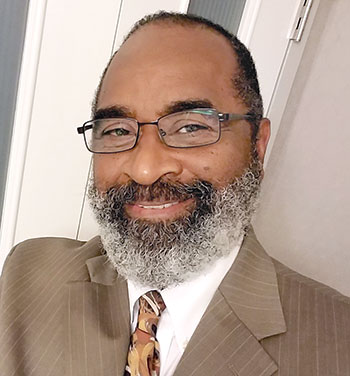
The Rev. Easley was none other than the Black Episcopalian who decided in August 1963 to attend Christ Church Parish to hear a Sunday message. His visit came right before a July 25, 1963, 6-5 vestry vote to approve the barring of those of color from attending the church.
Although the vestry book cites that the Rev. Easley was denied entrance, Easley family oral history contradicts that. Stanley recalls his uncle telling him that he worshiped on that Sunday without any resistance. He was later notified by the church janitor who showed up at his cottage door to let him know he would not be welcome at the church again.
At Christchurch School
By 1971 when Stanley arrived at CCS, Middlesex County Public Schools were starting their third year of total integration of primary and secondary schools. As the first Black student at Christchurch, Stanley was a good candidate to be the one to make history as he had attended integrated schools in Maryland and Washington, D.C.
“It was not a brand new situation to me,” said Stanley. “The main difference in my other schools was that during that first year at Christchurch I was the only non-white student.”
He recalled that on the first day of school he was appointed a senior upperclassman to help guide him through the transition. “Tyre Moore was the senior responsible for orienting me to the school and he was a great resource,” said Stanley. “He was friendly and willing to help me adjust.”
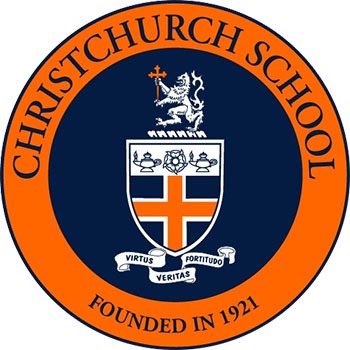 Although Stanley was the only person of color enrolled in the school, Chef Joe Cameron and his cafeteria staff of African-Americans were of “great” support to Stanley. “The first time I walked through the lunch line, I think I was a bigger shock to all the staff than I was to the white students and faculty,” he said. “Honestly, I was glad to see them and they acted like they were proud of me.”
Although Stanley was the only person of color enrolled in the school, Chef Joe Cameron and his cafeteria staff of African-Americans were of “great” support to Stanley. “The first time I walked through the lunch line, I think I was a bigger shock to all the staff than I was to the white students and faculty,” he said. “Honestly, I was glad to see them and they acted like they were proud of me.”
“The school was surrounded by an African-American community and word quickly spread that Christchurch had its first Black student.” Stanley recalls, “There was this Black kid with a big afro haircut riding his bike every day on campus. He seemed to know everybody.”
The kid was Troy Lewis who lived across the road, General Puller Highway (Route 33), from the school. A Middlesex native, Lewis is noted for his autobiographical book, “Gas Money,” that detailed his growing up years in the 1970s in Middlesex County.
“Troy introduced me to his family and the Holmes family (Easter and Sherman Sr.) and their son, Milton (who recently passed) and other families (of color) in the community,” said Stanley. “The relationship with these families helped me adjust to life at Christchurch and not feel isolated from my culture. It was a big deal to them that I was there and I recognized that. I didn’t want to get into any trouble and I didn’t want to let them down.”
The same year that Stanley entered Christchurch, Dr. William Scheel was appointed the new headmaster. “Dr. Scheel was at Christchurch the same length of time I was there,” he said. “I graduated in 1974 and he left that year as well, voted out by their board of directors for his liberal approach to education. Although he gave me no special treatment I felt he wanted me to be there.”
In a telephone interview this month with Dr. Scheel who is living in Texas, he said, “Lanny was a fine young man who fit in well at the school from the get-go. I’m sure he was under a lot of stress and grief but it was never brought to my attention.”
Dr. Scheel said he interviewed Lanny when he first came to the school with Pope Gregory. “There was no reason that I could see that he would not be an asset to the school,” he said.
He said that although Christchurch had not accepted Blacks before 1971, African-Americans had a strong cultural presence at the school. “When I came to Christchurch and walked in the cafeteria there was an oil-painted portrait of Chef Joe Cameron hanging on the main wall,” he said. “It was not a portrait of a big donor or of a past headmaster. It was of Joe and after I got to know Joe, I understood why it was hung in such a prominent place. It made me feel from the start that Christchurch was a good place for me and for Lanny too.”
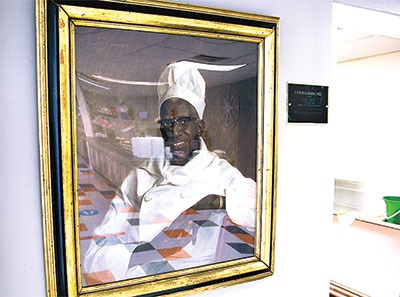
The portrait of Joseph C. Cameron Jr., who passed away in 1988, is still prominently displayed in a gold frame on the wall of the cafeteria, which is now named Cameron Dining Hall in his honor. Cameron served as a chef at Christchurch for 45 years and was inducted into Christchurch’s Hall of Fame.
While at Christchurch, Stanley participated in football, wrestling and track and field. “The greatest influence from a staff member came from Col. (William A.) Nunn, our History teacher and track coach,” said Stanley. “He was a great track coach and under his leadership we participated and competed on a high level. We ran at the Penn Relays (in Philadelphia) and the Colonial Relays (at William and Mary College) and at other big meets.”
Stanley said he received a good education and a good foundation in life at the school. There were, however, disappointments. Among them was when his ’71-’72 yearbook was published the first thing he noticed was that everyone’s last names were listed except the all-Black maintenance crew. They were identified only as Ollie (Curtis), Frank (Carter) and Woodley (Woodland Holmes Sr.). “That just didn’t hit me right,” said Stanley. “I respected these men and they deserved our respect as well. Some among the teaching staff were slow to the changing tides with my presence on campus. However, because I was older than my sophomore classmates, I knew how to handle myself and kept focused on my studies.”
Another time a student was staring at him in the dorm latrine, Stanley ask why he was staring at him? The student said he was laughing because “you’re the only one here” meaning the only Black student at Christchurch.
Stanley answered, “Yeah, I’m the first and the first of many to come!”
After graduation
Stanley graduated from Christchurch in 1974, he was joined in his senior class with three other students of color — Corliss Ford, Gabriel Mendy and Kobnah Njie — the latter two from Gambia in West Africa. Wayne Toney, the grandson of the late Dr. Marcellus E. Toney, was the first African-American to graduate from CCS in 1973.
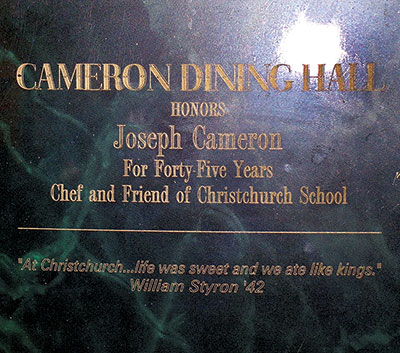
Stanley has visited Christchurch School on several occasions since his graduation. Two memorable visits were with Chef Joe Cameron at his home to thank him for his encouragement during his student days and a visit with Father Gregory, who later taught at CCS.
On another occasion while on campus to attend the induction of schoolmate Samuel Williams into the school’s Sports Hall of Fame, Lanny encountered an African-American student freshman and shared with him his history with the school. “I told him, your dues are paid, never feel like an outsider, this is your school”.
After graduating from Christchurch, Stanley attended Federal City College in Washington, D.C. He then, honorably served in the United States Air Force for six years before returning to work for Dominion Power in Richmond for 17 years.
Later, after a 20-year career in the photography industry, Lanny is today pursuing his first love of creating art. He has sold works nationally and currently creates art and markets it from his SLIMRIC Studio in Woodbridge in northern Virginia.
“My memories of Christchurch School and the surrounding community are never far away,” he said. “Christchurch School afforded me many opportunities for which I am grateful. I am proud of my legacy there and I am still counting.”
* Troy Lewis, author of the book, “Gas Money,” suggested that this story be written. I want to thank him for the tip and helping us reveal and highlight such a significant event and person in Middlesex County history.


